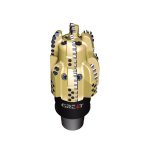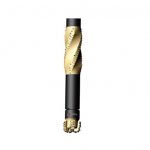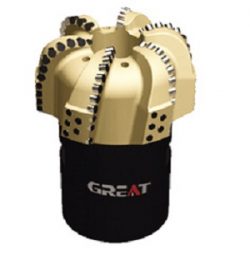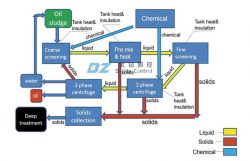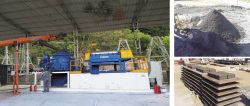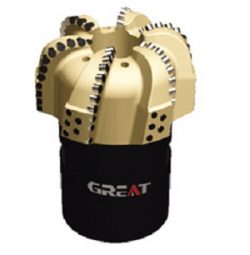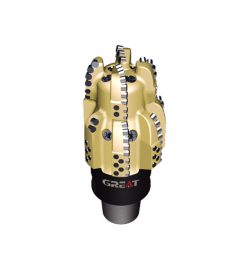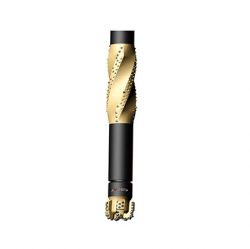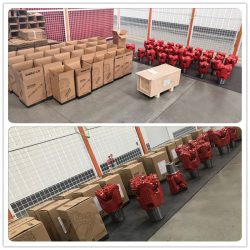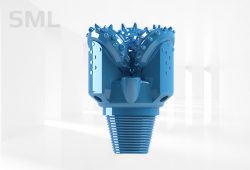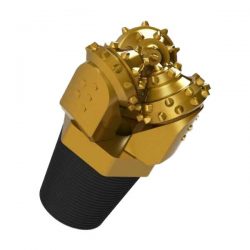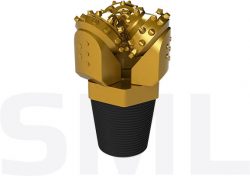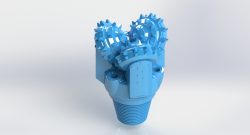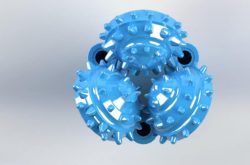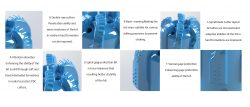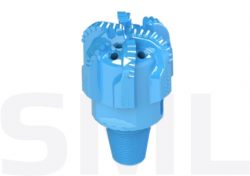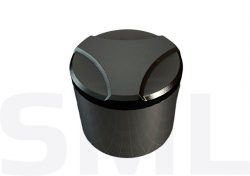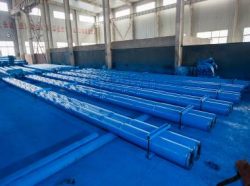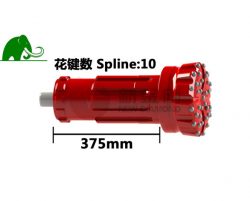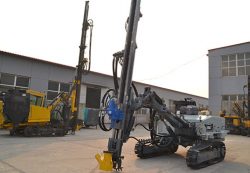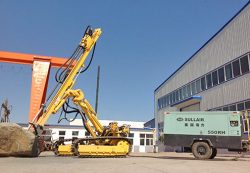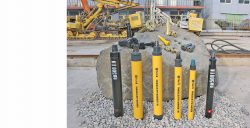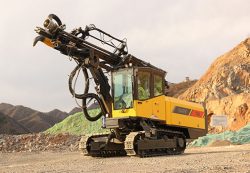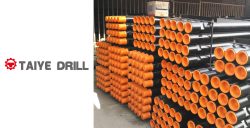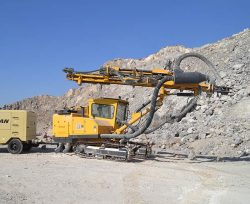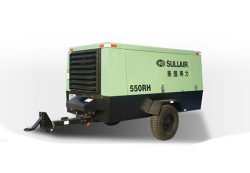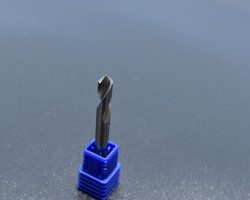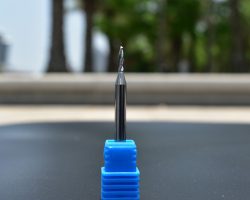How to Use Tricone Bit Appropriately?
How to Use Tricone Bit Appropriately?
1. Choose the drill bit types appropriately
(1) According to the lithology of the drilled formation, the following principles should be followed when selecting the type of drill bit:
a. In the shallow well section where the rock is cemented and loose, the drilling speed of the drill bit and the prevention of mud packs should be considered;
b. In the deep well section where the trip is long, the footage of the drill bit should be considered;
c. When the outer row teeth of the drill bit out of the well are severely worn, a bit with gauge teeth should be used;
d. In the easy deviating well section, a bit with small slip and many short teeth should be used;
e. Wedge-shaped tooth drills should be used when selecting insert drills;
f. For diamond limestone, it is advisable to use double-cone-tooth and projectile-shaped tooth drill bits;
g. When there is more shale in the formation or the density of drilling fluid is higher, a bit with a larger slip amount should be selected;
h. When the stratum is limestone or sandstone, and a bit with a smaller slip amount should be selected;
i. When drilling hard and highly abrasive stratum, it is advisable to use pure rolling button and double bevel bit.
(2) In order to optimize the hydraulic parameters of bit, the longer nozzle and unequal diameter combined nozzle bit should be preferred.
2. Inspection of a drill bit before drilling
(1) Check whether the model and diameter of selected bit meet the requirements;
(2) Carefully check whether the thread, weld and teeth of the drill are in good condition;
(3) Check whether the nozzle is installed firmly and the water hole should be unblocked; when rotating the cone of the rock bit by hand, the bearing seal should be intact; the pressure compensation system of the drill bit should be intact, and the pressure relief hole should not be blocked.
3. Matters needing attention when a drill bit enters the well
(1) After cleaning the drill thread, apply special thread oil;
(2) Choose a suitable loading and unloading device, and do not jerk when the drill bit is put into the loading and unloading device;
(3) Tighten according to the specified torque;
(4) The drilling operation should be stable, and no hard pressure should be encountered in case of resistance. Drilling of the insert bit should be slow to avoid damage to the alloy teeth in the hard formation and irregular hole;
(5) When drilling down and encountering an obstruction, the depth of the well, the situation and time of the obstruction should be noted, so as to determine the cause of the obstruction and control the working time;
(6) Drill down to a certain distance to the bottom of the well (a single root). The pump should be turned on and the turntable should be slowly lowered. It is strictly forbidden to go down to the bottom to open the pump.
4. Precautions for drilling of a drill bit
(1) The new drill bit should be run-in lightly for about half an hour, and then gradually increase to the specified WOB, and it is strictly forbidden to pressurize to start the turntable;
(2) Concentrate and deliver the drill evenly when operating the brake lever to prevent accidents of slipping and sudden drills;
(3) During roller bit drilling, the changes in lithology and the working conditions of the bit should be analyzed at any time according to the change of the drill pair and the operation of the bit, and the drilling parameters should be adjusted in time.
5. Determine the starting time of a drill bit
(1) Determine according to the wear of the bearing and teeth, the phenomenon of bearing damage:
The turntable has periodic jumps. If the bit pressure is small, the jump is light. If the bit pressure is big, the jump is heavy; the drilling speed drops; the pump pressure is normal but the pointer of the weight indicator swings.
(2) The phenomenon of cone jamming:
The load on the turntable increases; the turntable chain jumps; the kelly rod is crappy; the turntable is stopped and the car is reversed; the drilling speed drops; the weight indicator pointer swings severely.
(3) The phenomenon of tooth grinding (stripping):
The load of the turntable is reduced; the kelly does not jump; the drilling speed is significantly reduced or there is no footage; the weight indicator indicates smooth and no swing; the pump pressure is normal.
https://www.greatdrillbit.com/how-to-use-tricone-bit-appropriately.html




